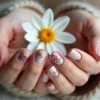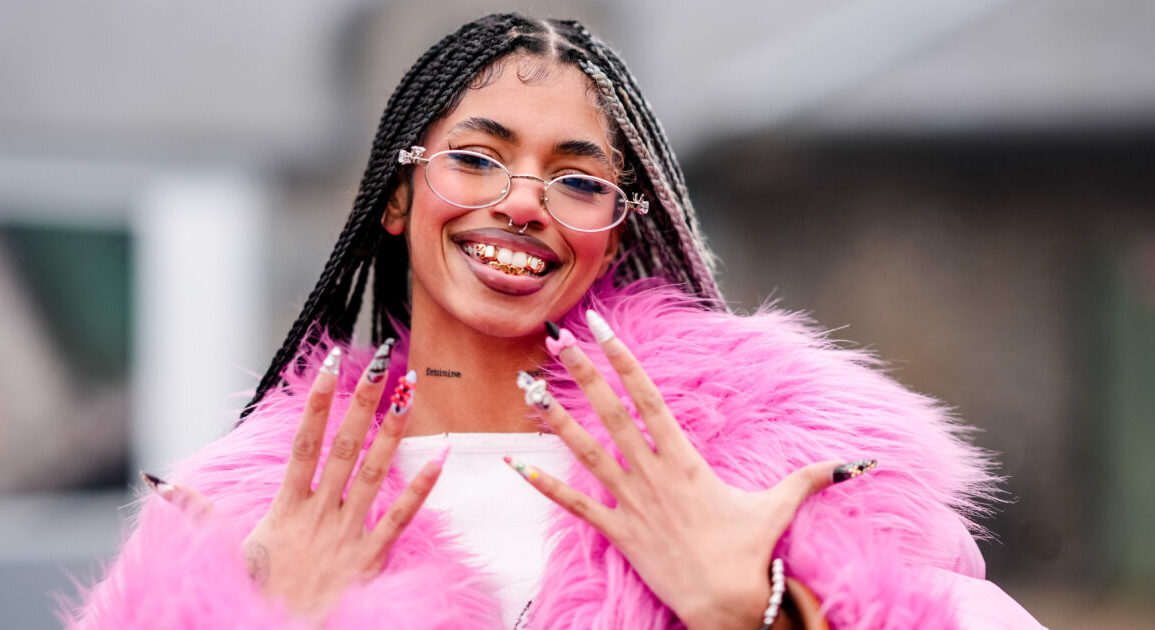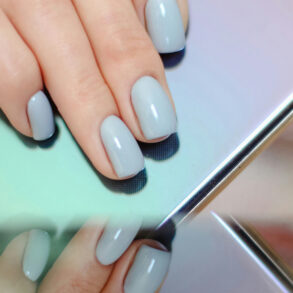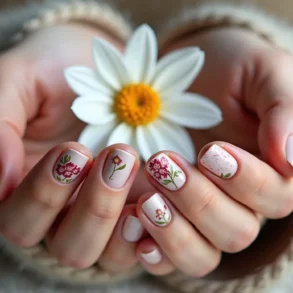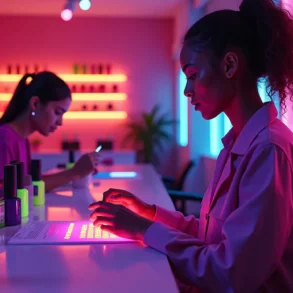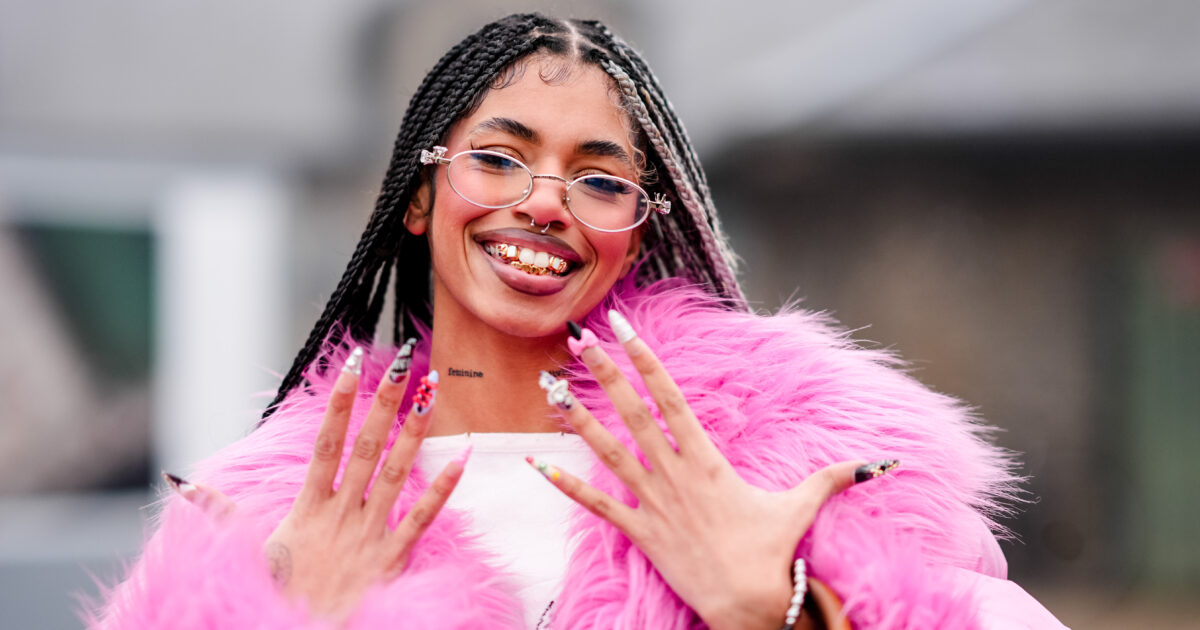
Nail art has always been interwoven into the rich, cultural DNA that encompasses Black culture. Black women have used nail art as a means of building community, storytelling, challenging societal norms and most importantly, self-expression. Intentionally using nail art as a vehicle to make bold statements and/or highlight powerful symbols, Black women have long used this artform as a means of self-care but also to reclaim their own narratives and celebrate Black beauty and resilience.
The Harlem Renaissance brought forth a new era of cultural expression and Black identity. Harlem, New York was the epicenter of this movement, often referred to as ‘the golden age,’ which ushered in a new wave of self-expression for African Americans that permeated various mediums, from literature, music and fashion. Key figures from that era such as like Ethel Moses, Billie Holiday, and Josephine Baker left a lasting impression that impacted the very essence of style, beauty and self-expression that spilled into the decades that followed.
Since the conception of acrylic nails in the 1950’s, Black women have shaped history by defying convention and pouring self-expression into this beauty space. Over time, the history of nail art has transformed, creating various subcultures around the web, inspiring others to express themselves on their fingertips.
This notion of highlighting nail art is nothing new for Cyndia Robinson, owner of Cure Nail House, a contemporary nail salon in Detroit dedicated to making change in her community. Recounting her introduction to nail art, she speaks about when it all began. “I’ve been interested in nail art since my childhood. For me, at about four years old, I remember going to the salon with my mom,” says Robinson. “It was really just a ritualistic practice of bonding, but also a rite of passage to be able to sit in her lap while she got her nails done, and then being able to eventually start getting little designs on my nails.”
For Robinson and many other women, getting your nails done can be viewed as a moment of self-care, but also a shared experience that has been passed down from generation to generation. Through every stage of visiting the salon from childhood to adulthood, colors, shapes, and choices may evolve, visually documenting the various stages in life, like their mother’s aunties and grandmother’s have done before them. Through nail art, Black women highlight their passions, aspirations, celebrate milestones and make statements with empowering designs.
Similar to Robinson, nail enthusiasts like Paquilla Jones, whose Instagram page showcases beautiful creations, interest in nail art began after seeing her mother’s long nails and wanting to emulate her growing up. “My favorite type of design will always be marbled combinations and the old school air brush looks,” she says. “I view nails as an extension of my personal style and sort of a conversation starter. Depending on my mood kind of dictates the type of art I put on my nails. Lately I have been into getting flames on my nails and different types of 3D art.”
Nail artists known for their head turning designs like Tolani Rosa have beautifully displayed the limitless possibilities that nail art can be explored for their clients.
Beginning her exploration into nail art, four years ago, Rosa says it’s a gift to have her art on somebody’s hands and is fortunate that Black women allow her to use their nails as a canvas. When detailing why nail art is an important means of self-expression for her clientele, she shares with us, “It’s an immediate glimpse of joy. You wake up in the morning, you look down at your nails or throughout your day, it’s a glimpse of joy and a pick me up.”
Catering to a variety of women across age groups, Rosa enjoys bringing creations to life. “I have a particular kind of client and she’ll come in and say, ‘I want to remember to enjoy the fruits of my labor. So I want fruits on my nails or she’ll say, I want to remember to look up at the sky more because I look at the ground when I walk. So I want different hues of the sunset. I think it’s so many different ways that women can express themselves through nails.”
Through every era, Black nail artists continue to transform nails into canvases for radical self-expression and celebration of Black beauty. Nail artists like Tacarra Sutton showcase the beauty and artistry of nails online, serving as visual treats for her audience but also aid in bringing her clients expressions to life.
Catering to the Chicago, Illinois area for over 15 years, Sutton made her foray into nails as means of expression. Starting off by creating sets for friends and family, Sutton knew that she wanted to build more community with Black women through the world of nail art. Building a name for herself and never compromising her style, she prides herself on showcasing the city of Chicago, from its color to the notable architecture and the people, giving her clients exactly what they want. Sutton details, “I’ve had clients that would come in over the years wanting everything from messages of affirmation, symbols of Black power like a fist or wanting the silhouette of Black women with an afro flowing and her curves showing.”
Historically, Black women have faced intense scrutiny for their nail choices which has led to ostracization, especially in the workplace. In response, Sutton encourages her clients to not let that hinder their self-expression. “I have a lot of clients that work in the corporate world. They work in mostly white based rooms, so I tell them, ‘I’m going to push it.’ I want them to make a statement when other people see them.
Aiming to challenge stereotypes, and inspire a new generation of nail artists to continue the legacy of creativity and resilience. Entrepreneurs like Cyndia Robinson are set on a mission to provide a space where clients can express themselves but also where Black women can learn how to enter this industry.
“Cure Nail House is my love letter to the city of Detroit. To me, it’s a place of solace and restoration that I created because I realized that there was just such a lack of resources within this community for Black women,” says Robinson. “It was a way for me to pay homage to the everyday women who started in this industry and who were really chastised originally for expressing themselves, but resisted and dealt with it for the sake of being true to who they are.”
Black women continue to use nail art to honor themselves and hone in on creativity. It is more than nail art, but rather a cultural practice that shows no signs of slowing down.
This post was originally published on this site be sure to check out more of their content.


